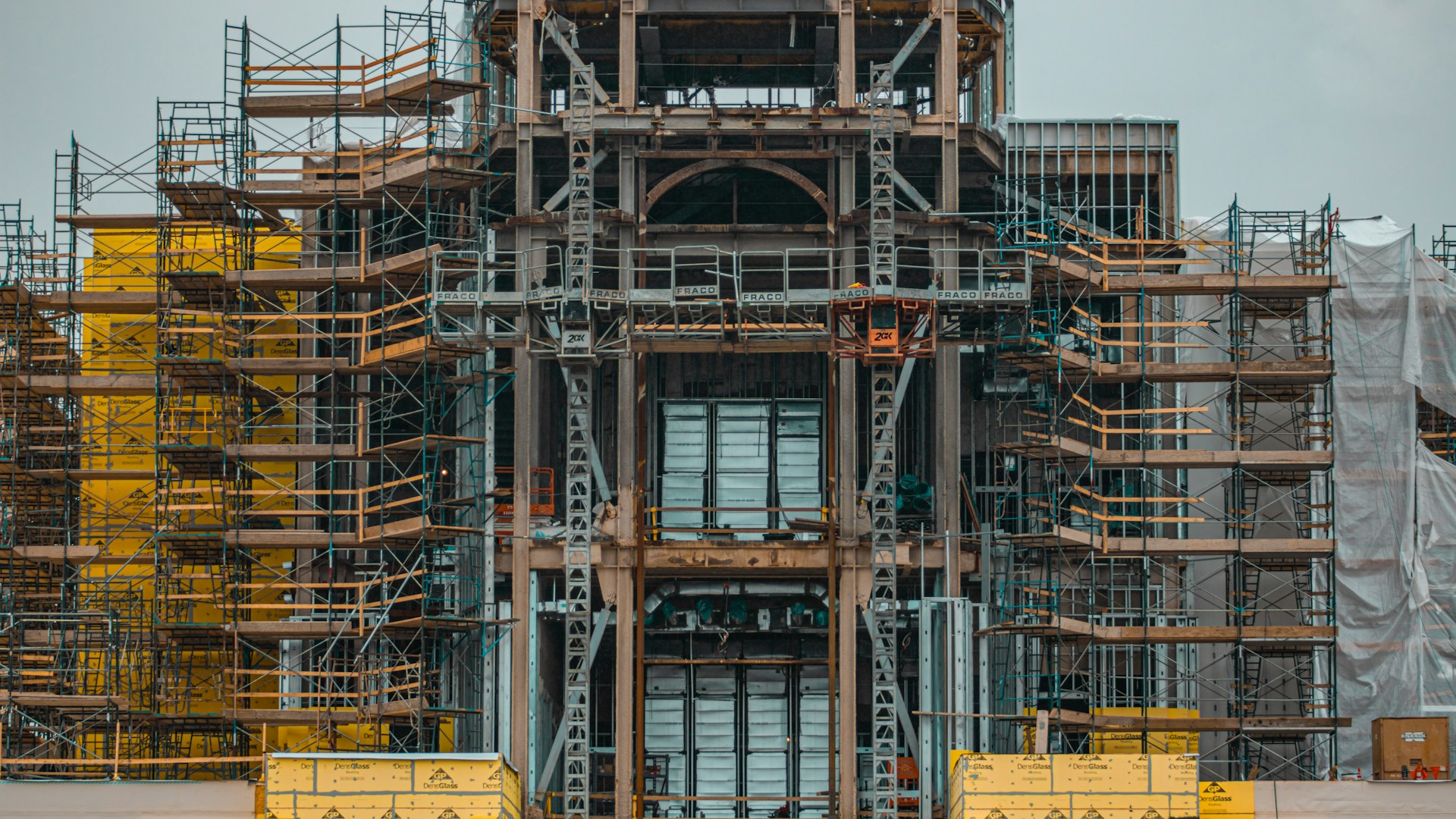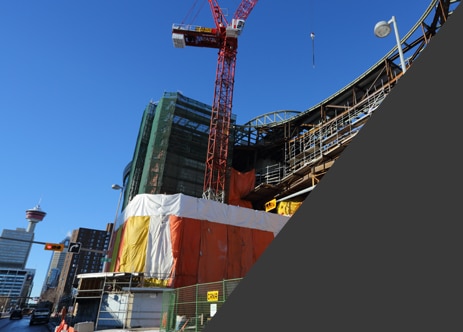Construction site safety is an important priority all year round. That said, it’s key to take extra measures when winter hits in Canada. Although many contractors are used to the regular cold, the temperature tends to spike more this season. It’s vital to deal with these aspects to maintain everyone’s welfare and continue the project.
The Dangers of Winter Construction
Most construction projects continue regardless of the conditions, but it’s important to be more cautious during this season. The construction sector reported 6,299 workplace injuries in 2020, with falls attributing to 21% of those claims. The winter weather can make a site even more accident-prone than ever.
There may be instances where work is waived, but such cases are typically reserved for extreme situations and under the discretion of project managers. If you’re asked to report in, an employer is responsible for the protection and team safety of their workers. You can also practice personal safety measures.
Maintaining Safety While on Site
There are several measures that construction workers can undertake before heading to the site. You can practice layering on clothes and keeping pocket warmers. However, during construction work, it’s important to consider everyone’s well-being and your project.
1. Equip Personnel with Seasonal Gear
In addition to your pre-work layering, wear some winter gear. For instance, insulated waterproof boots and gloves are key protective equipment during this season. If your role requires you to wear safety glasses, use anti-fog sprays or wipes. The cold tends to make most spectacles cloudy. Take the extra step to ensure that you have clear vision.
2. Pay Attention to Construction Tools
Construction tools and machinery are delicate and prone to breaking down during this time of year. Keep melted ice water away from your electronically-powered equipment by sheltering them when they aren’t in use.
It’s also best to give your equipment adequate time to warm up when you want to use them. Most engine oil and hydraulic fluid thicken and get harder to pump during this time of year. They take more energy to run and use, so don’t rush them.
3. Clear Out Snow and Ice
Slips and sprains can occur on a construction site, especially during wintertime. In the worst-case scenario, you might get broken bones or head injuries that can result in weeks of absences and delays in the project. Remove the risk factors in the area.
Before beginning operations, inspect the site more thoroughly to survey the winter weather’s impact. If snow or icy patches are blocking some areas of the project, clear out the space by shoveling or melting the area. Doing this daily ensures that any newly formed hazards are removed for the rest of the day.
4. Limit Motor Vehicle Use
Most construction site supplies are transported by motor vehicles. There are also loaders and tractors that drivers have to operate. While it is a necessary process on a building site, limit access and use time for these vehicles. Let experienced workers handle the vehicles to minimize the likelihood of accidents and injuries on the work site.
5. Check Weather Updates
The cold can be very unpredictable, so it’s important to stay vigilant. Look out for weather updates to see whether it’s still safe to carry out the project on a specific date. Try to coordinate with your construction team, too.
It’s also best to take a look at road updates. For instance, the Fort Chipewyan winter road in Alberta may close from time to time. When it is open, it can only accommodate light vehicles weighing 5,000 kilograms, depending on the ice thickness. This has slowed the transport of construction supplies and other large cargo shipments to the region.
6. Have Alternative Power Sources
Some people may celebrate snowy weather. However, too much snowfall can cause power outages. A lack of electricity can make a construction site dangerous and inoperable, so seek backup power sources for your equipment.
When picking out a power generator, expect the worst and prepare for a few hours without electricity. It’s recommended to check 90% of a generator’s power output to gauge its abilities. You can also opt for a second generator for support.
7. Prepare Winter Emergency Kits
In case of a winter storm, it’s best to have an emergency kit to keep on site. Place this in a common area so it’s easy to grab in a crisis. It should have most of the first aid kit’s contents, such as medication, a flashlight, and batteries.
It’s also best to include some winter-appropriate additions, such as:
- Snow shovels
- Snow brushes
- Ice scrapers
- Emergency thermal blankets
- Winter gloves
- Candles and matches
8. Offer Breaks in Heated Areas
It’s essential to rewarm throughout the day to restore your body temperature. Just remember to keep the breaks quick, as working up a sweat can make you freeze faster when you’re back out in the cold. If blisters start to form after rewarming, there’s a high chance you’re dealing with frostbite. Seek medical attention.
Mitigate the Cold in Construction
Construction sites are vulnerable to all sorts of weather and conditions. When it comes to winter, it’s paramount to practice the right precautions and ensure everyone’s safety. Take the tips above to keep your fellow workers and contractors safe and sound.









